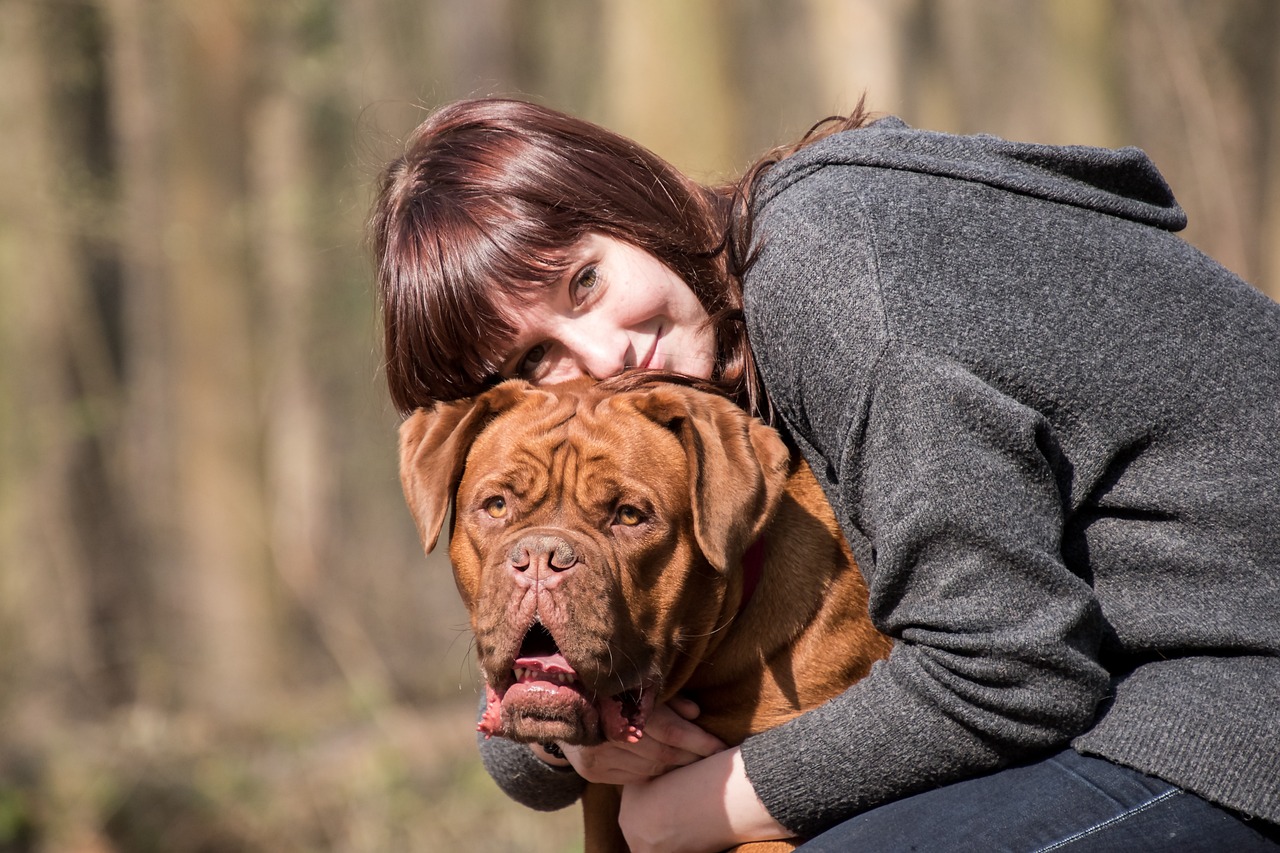Dogs, known for their loyalty and affectionate nature, often form strong bonds with humans. However, it’s not uncommon for these intelligent animals to prefer specific individuals over others. This selective attachment can sometimes puzzle or even upset owners and visitors alike. The reasons behind these preferences are deeply rooted in dogs’ social instincts, sensory perceptions, and their interactions with people. Understanding why dogs favour some people over others sheds light on the complex nature of canine emotions and social dynamics. It reveals how body language, emotional connection, and past experiences are critical in shaping a dog’s affinities. By exploring these reasons, we gain insight into how dogs perceive and relate to the humans around them, enhancing our ability to form meaningful relationships with these beloved animals.
1. Emotional Connection and Attention
Dogs are susceptible to human emotions and are naturally drawn to individuals who provide them with affection, attention, and a sense of security. People who spend more time engaging with a dog through play, grooming, or simply talking to them often become the preferred companion. This preference is rooted in the dog’s perception of who makes them feel loved and understood. Emotional connections are reinforced through positive interactions and consistent care, leading dogs to seek out the company of those who fulfil their emotional needs. This bond is a testament to the depth of the dog-human relationship, where emotional availability and attentiveness directly influence a dog’s preference.
2. Body Language and Energy
Dogs are adept at reading human body language and can be particularly attracted to individuals whose energy and body language make them feel comfortable and safe. People who exhibit calm, confident demeanours are often more appealing to dogs than those who are anxious or overly excitable. This preference is due to dogs’ sensitivity to the nuances of human behaviour, where calmness is associated with leadership and stability. Individuals who understand how to communicate effectively with dogs, using gentle gestures and maintaining a relaxed posture, are likelier to win their trust and affection. This highlights the importance of non-verbal communication in building solid and positive relationships with dogs.
3. Consistency and Routine
Dogs thrive on consistency and routine and tend to favour individuals who provide a stable and predictable environment. People who feed them simultaneously daily, maintain regular walk schedules, and offer consistent rules and boundaries are more likely to be preferred. This preference stems from dogs’ ancestral need for a structured pack hierarchy, where predictability and reliability were crucial for survival. Individuals who become a reliable source of care and structure offer a sense of security to dogs, reinforcing their preference through the comfort of routine.
4. Positive Associations and Reinforcement
Positive reinforcement plays a significant role in why dogs prefer certain people. Individuals who consistently reward dogs with treats, praise, or playtime for good behaviour create strong positive associations. Dogs remember and seek out people who have cited them in the past, associating them with pleasure and satisfaction. This preference is rooted in dogs’ learning processes, where positively reinforced behaviours are more likely to be repeated. People who understand and utilize positive reinforcement effectively can build a deep bond with a dog, becoming a favoured companion through associations of happiness and reward.
5. Scent and Sensory Preferences
Dogs have an extraordinary sense of smell, and the unique scents of individuals can influence their preferences. They may be drawn to people whose scents are particularly comforting or intriguing. This preference can be affected by the natural body chemistry of a person, the scents they carry from their environment, or even the smell of other animals on them. Dogs use scent as a primary means of information gathering and social interaction, making it a significant factor in their preferences for certain people. This sensory-based preference underscores the complexity of canine perception and how our physical presence can attract or repel a dog.
The reasons behind a dog’s preference for certain people over others are multifaceted, reflecting the depth of canine social and emotional intelligence. From the emotional bonds formed through attention and care to the subtle cues of body language, consistency, positive reinforcement, and sensory preferences, each factor plays a crucial role in shaping a dog’s affection. Understanding these reasons enhances our ability to connect with dogs more profoundly, fostering relationships built on mutual respect, understanding, and love. By paying attention to how we interact with dogs, we can become the type of companion that dogs naturally gravitate towards, enriching the lives of both dogs and their human friends.


 Toledo, United States.
Toledo, United States.